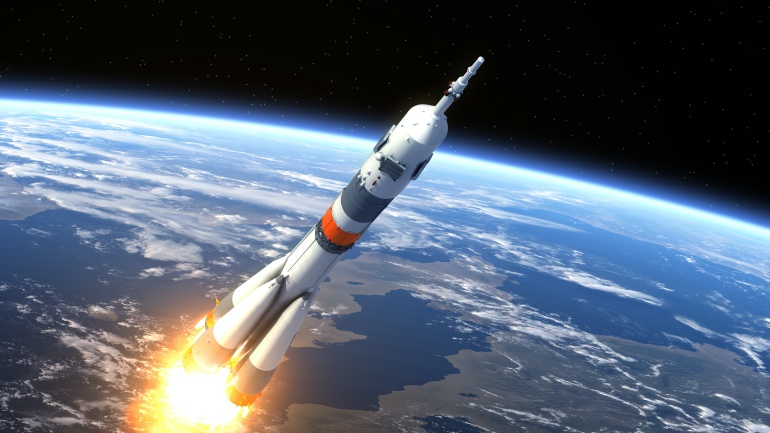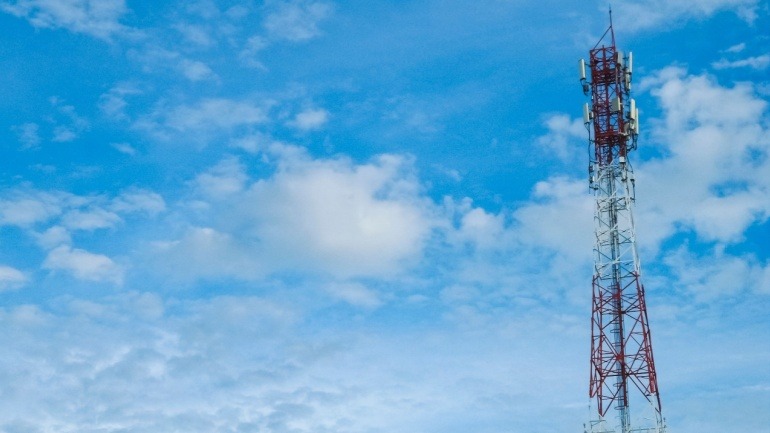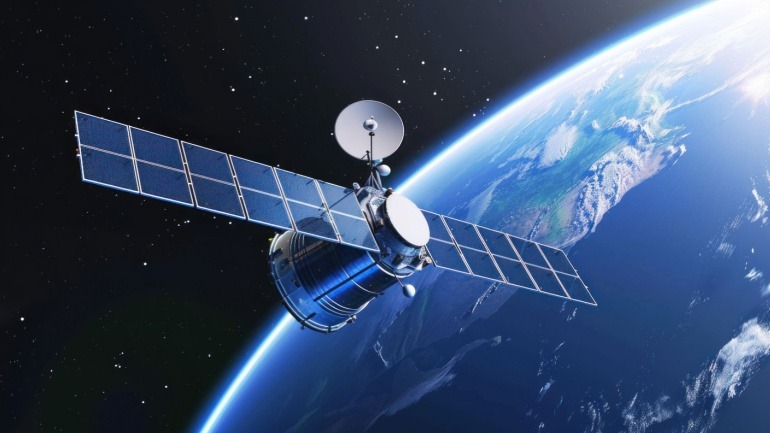On July 30, 2021, Ariane 5, a European heavy-lift space launch vehicle developed and operated by Arianespace for the European Space Agency, successfully launched its first flight in nearly a year. The aim of the mission is to deploy a pair of geostationary communications satellites for commercial operators in Brazil and France. One of the satellites, called the Star One D2, will be operated by Embratel, a Brazilian telecommunications company. The Star One D2 will give Embratel the ability to expand its broadband coverage to new regions in Central and South America, supply Internet access to those in under-serviced areas, and increase X-band payload for government use in the Atlantic region. The second satellite, named Eutelsat Quantum, which was developed as part of an ESA partnership with satellite operator Eutelsat and major manufacturer Airbus, has an active antenna, a first for the European commercial telecommunications industry. This revolutionary…
OneWeb, a global communications company that provides broadband satellite Internet services around the world, has announced another successful launch of 36 Arianespace satellites from the Vostochny Cosmodrome. With this launch, the company gets closer to reaching their “Five to 50” goal and the lift off of commercial services by the end of this year. The launch took place on May 28th at 18:38 BST. The OneWeb satellites detached from their host rocket and were distributed in nine clusters over 3 hours and 52 minutes. Signals were received from all 36 satellites, indicating their operational status. This launch is the fourth in a series of five total launches needed to complete the “Five to 50” program. The program will allow OneWeb to offer connectivity in all parts of the UK, Alaska, Northern Europe, Greenland, Iceland, the Arctic Seas and Canada. The service is predicted to be available by the end…
SoftBank’s $15 million investment in Sceye could revolutionize telecommunications through High Altitude Platform Station (HAPS) services. Utilizing stratospheric airships for connectivity, this venture aims to enhance VoIP communication, especially in remote areas, by 2026. This innovative approach promises improved network coverage, aligning with SoftBank’s enduring commitment to telecom advancement.
France has struck a major deal with Eutelsat to boost military satellite communications using OneWeb’s LEO constellation. The agreement supports urgent defense needs ahead of Europe’s IRIS2 system and could raise France’s stake in Eutelsat to 30 percent.
ESA and Hispasat have launched a joint effort to develop secure quantum key distribution via satellite and terrestrial networks. The Q-Design project involves major telecom and banking players, aiming to roll out a versatile QKD system by 2028.
The European Commission is set to approve a €2.8 billion merger between SES and Intelsat, aiming to strengthen Europe’s satellite independence. Though not a direct rival to Starlink, the combined entity will leverage GEO, MEO, and LEO assets to expand coverage and support EU initiatives like IRIS2.
Deutsche Telekom is investing in the EU’s IRIS2 satellite project to build a cutting-edge multi-orbital communication constellation. This initiative will enhance Europe’s digital infrastructure, reinforcing technological sovereignty with advanced IT, secure networks, and 5G.
Colt Technology Services, Honeywell, and Nokia are partnering to develop quantum-safe satellite networking. By using quantum key distribution from low earth orbit, they aim to secure global data transmission against quantum computing threats, overcoming the distance limits of fiber optics.
Intelsat is expanding its satellite services in the Solomon Islands and India, improving rural connectivity and supporting broadcast networks. A new agreement with STCL brings better voice and data access to remote island communities, while India’s approval opens the door for expanded satellite coverage and content delivery using four geostationary satellites.













